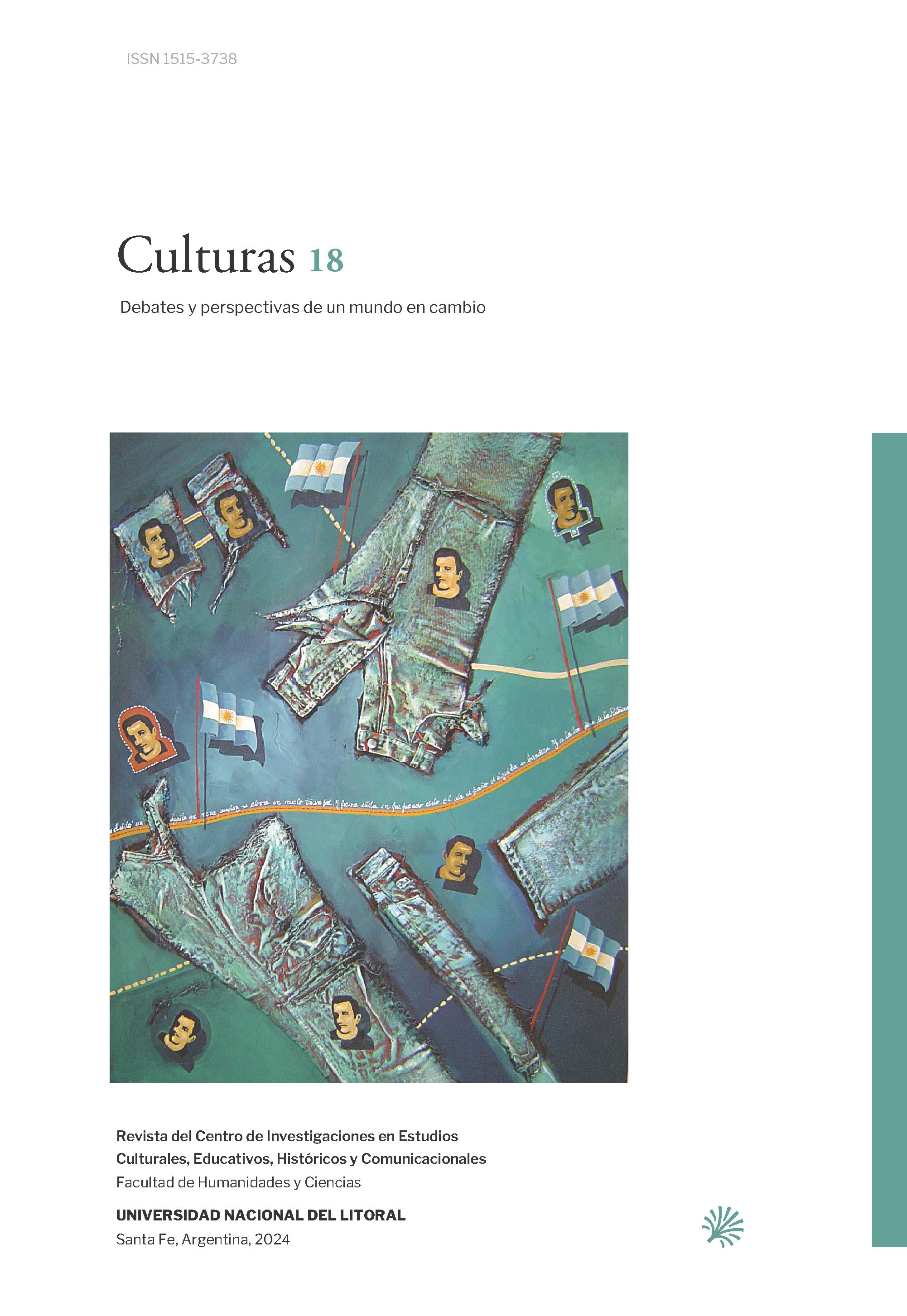Historiophoty of the dispossession of Araucanía in early Chilean cinema
The case of the scripts of La agonía de Arauco (Bussenius, 1917)
DOI:
https://doi.org/10.14409/culturas.2024.18.e0043Keywords:
historiofotia, chilean cinema, internal colonization, mapuche dispossession, untimely cinema, La agonía de AraucoAbstract
The recent discovery and publication of lost documents from one of the first Chilean feature films, La agonía de Arauco or El olvido de los muertos (1917), has provided new perspectives for the discursive and historical analysis of this cinematographic heritage. This article examines the narrative of the film directed by Gabriela Bussenius, based on the reading of the scripts, emphasizing the con-comitance of the plot with the events of the dispossession of the Mapuche people. The presence of true events that were part of the pillage of the time and the symbols of the racism prevailing in the country due to the Occupa-tion Ideology are corroborated. Likewise, the parallelism between the reality of the Chilean settlers (Isabel) and that of the ancestral inhabitants of the Mapuche territory (Catrileo) is evident, proving that the plot of the film is built on a melodramatic contrast of characters, in which their contexts are presented as opposites and in conflict.






